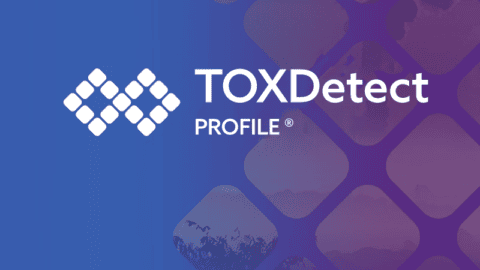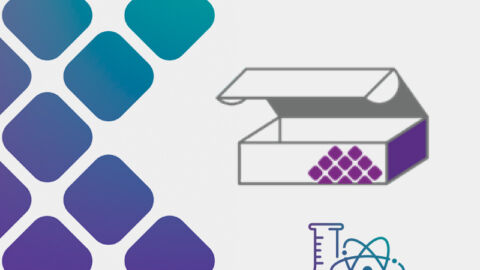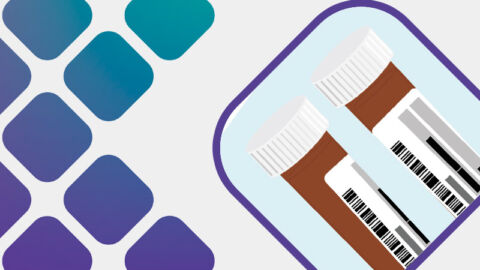Those with Autism Spectrum Disorder and other special needs individuals often have biochemical and nutritional imbalances that contribute to language, socialization, and behavioral problems. In some situations, these issues are exacerbated by fungal toxins linked to chronic candidiasis and mold-produced compounds. For example, chemical aldehydes from fungus are known to be highly reactive compounds that need to be converted to less toxic forms via converting enzymes and phase detoxification within the liver. These aldehydes and other compounds can have detrimental effects within the body. The use of various nutrients such as N-acetylcysteine (NAC), etc. are often essential in supporting the body against fungal toxins. This lecture designed for health professionals, as well as parents and caregivers will discuss new information related to certain fungal toxins and strategies for treatment.
During the course of the Webinar, individuals were able to ask questions of the speaker. Because of time constraints, not all the questions were able to be answered in real time. We are happily able to answer those questions below.
Q: What specificity of Arabinose? What are other potential sources?
A: Various foods such as apples, apple juice, grapes, pears and more need to be avoided prior to testing. Here is information from Great Plains Laboratory Organic Acids Test page – “Urine: 10 mL of first morning urine before food or drink is suggested. Patients should avoid apples, grapes (including raisins), pears, cranberries, and their juices 48 hours prior to specimen collection. Avoid arabinogalactan, echinacea, reishi mushrooms, and ribose supplements for 48 hours before collection.”
Q: Recommended tests for checking for candida? When should you retest after tx?
A: Organic Acids Test, Stool Analysis, blood IgG antibodies. The most common test is the OAT. It recommended to retest after 90 days.
The material contained within this article is not intended to replace the services and/or medical advice of a licensed healthcare practitioner, nor is it meant to encourage diagnosis and treatment of disease. It is for educational purposes only. Any application of suggestions set forth in the following portions of this article is at the reader’s discretion and sole risk. Implementation or experimentation with any supplements, herbs, dietary changes, medications, and/or lifestyle changes, etc., is done so at your sole risk and responsibility.





